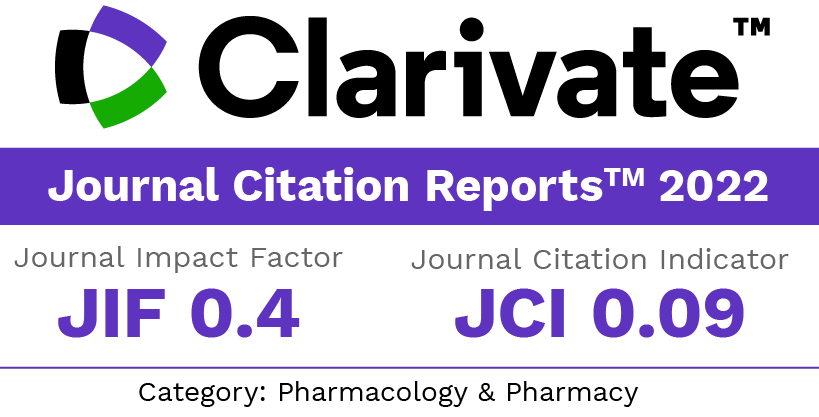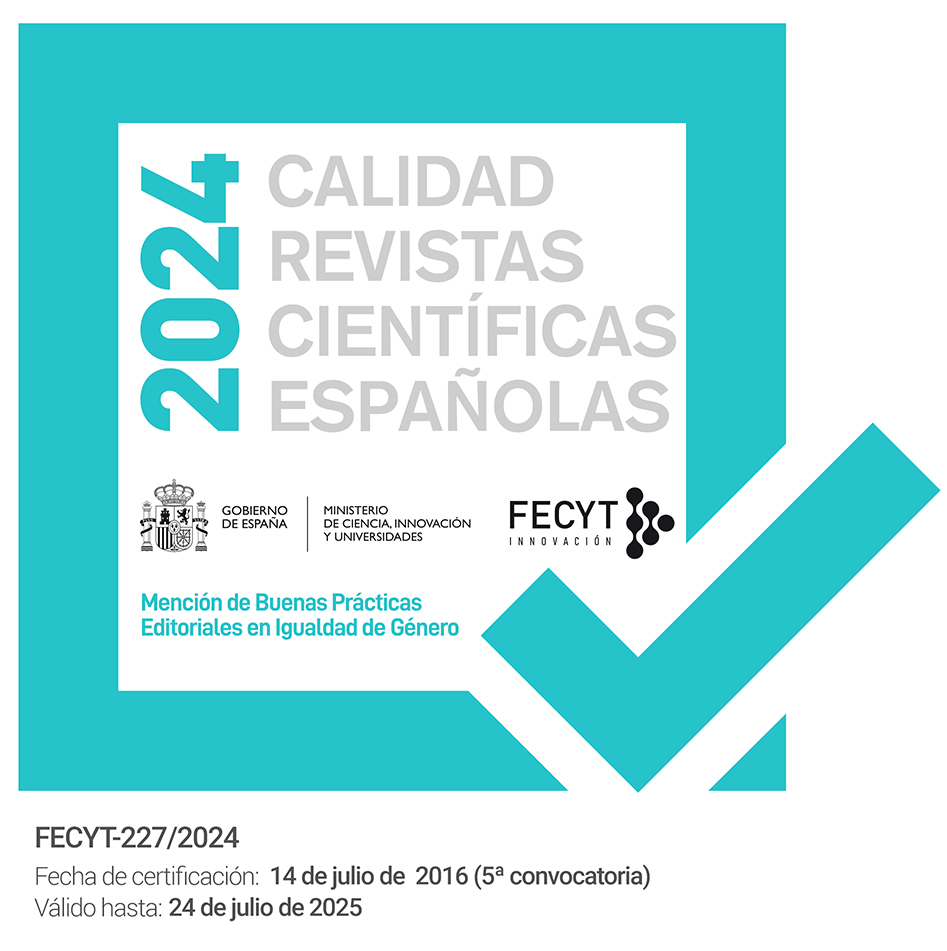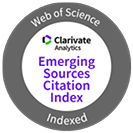Validity and reliability of the ARMS-e questionnaire in patients with type 2 Diabetes mellitus
DOI:
https://doi.org/10.30827/ars.v65i2.30206Keywords:
Diabetes Mellitus Type 2, Hypoglycemic Agents, Medication Adherence, Reproducibility of Results, Surveys and Questionnaires, Validation StudiesAbstract
Introduction: The Adherence to Refills and Medications Scale questionnaire (ARMS) was designed to measure adherence to treatment. It was translated and adapted into Spanish, but its psychometric properties have not been evaluated. The aim was to evaluate these properties in a population with type 2 diabetes mellitus.
Method: The study was carried out in community pharmacies in Granada (Spain) by interview. A principal component factor analysis (PCA) with Varimax rotation (construct validity), a concordance analysis (concurrent criterion validity and reliability by temporal stability) and Cronbach’s alpha and item-total correlation (reliability by homogeneity) were performed.
Results: 107 patients entered the study. 54.2 % (58) were male and the mean age was 70.5 (SD: 9.7). The PCA extracted 4 factors that explained 57.49 % of the total variance. Cronbach’s alpha= 0.428, and in the test-retest κ= 0.627 (p > 0.001).
Conclusions: The ARMS-e cannot be considered a useful tool to measure adherence to oral antidiabetic treatment in this sample.
Downloads
References
Kripalani S, Risser J, Gatti ME, Jacobson TA. Development and evaluation of the Adherence to Refills and Medications Scale (ARMS) among low-literacy patients with chronic disease. Value Health. 2009;12(1):118-23. doi:10.1111/j.1524-4733.2008.00400.x DOI: https://doi.org/10.1111/j.1524-4733.2008.00400.x
Mayberry LS, Gonzalez JS, Wallston KA, Kripalani S, Osborn CY. The ARMS-D out performs the SDSCA, but both are reliable, valid, and predict glycemic control. Diabetes Res Clin Pract. 2013;102(2):96-104. doi: 10.1016/j.diabres.2013.09.010 DOI: https://doi.org/10.1016/j.diabres.2013.09.010
González-Bueno J, Calvo-Cidoncha E, Sevilla-Sánchez D, Espaulella-Panicot J, Codina-Jané C, Santos-Ramos B. Traducción y adaptación transcultural al español del cuestionario ARMS para la medida de la adherencia en pacientes pluripatológicos. Aten Prim. 2017;49(8):459-64. doi: 10.1016/j.aprim.2016.11.008 DOI: https://doi.org/10.1016/j.aprim.2016.11.008
A1CNow+ System [Internet]. PTS Diagnostics; [citado 22 de febrero de 2024]. Disponible en: https://ptsdiagnostics.com/a1cnow-plus-system/
Recomendaciones de la REDGDPS [Internet]. Red de Grupos de Estudio de la Diabetes en Atención Primaria; [citado 22 de febrero de 2024]. Disponible en: https://www.redgdps.org/guia-de-diabetes-tipo-2-para-clinicos/
Kim CJ, Park E, Schlenk EA, Kim M, Kim DJ. Psychometric Evaluation of a Korean Version of the Adherence to Refills and Medications Scale (ARMS) in Adults With Type 2 Diabetes. Diabetes Educ. 2016;42(2):188-198. doi: 10.1177/0145721716632062. DOI: https://doi.org/10.1177/0145721716632062
Gökdoğan F, Kes D. Validity and reliability of the Turkish Adherence to Refills and Medications Scale. Int. J. Nurs. Pract. 2017;23(5):e12566. doi:10.1111/ijn.12566. DOI: https://doi.org/10.1111/ijn.12566
Alammari G, Alhazzani H, AlRajhi N, et al. Validation of an Arabic Version of the Adherence to Refills and Medications Scale (ARMS). Healthcare. 2021;9(11):1430. doi:10.3390/healthcare9111430. DOI: https://doi.org/10.3390/healthcare9111430
Nunnally JC, Bernstein IJ. Teoría psicométrica. 3ra ed. México, D. F: McGraw-Hill; 1995.
DeVellis, RF. Scale Development: Theory and Applications (Applied Social Research Methods). 3ª ed. SAGE Publications, Inc; 2011.
Strainer DL, Norman GR, Cairney J. Health measurement scales. A practical guide to their development and use. 5ª ed. Oxford: Oxford University Press; 2015. DOI: https://doi.org/10.1093/med/9780199685219.001.0001
Martínez González M, Sánchez-Villegas A, Faulín Fajardo J. Bioestadística amigable. 2ª ed. España: Díaz de Santos; 2006.
Downloads
Published
How to Cite
Issue
Section
License
Copyright (c) 2024 José Pedro García-Corpas, Elisabet Esquivel-Prados

This work is licensed under a Creative Commons Attribution-NonCommercial-ShareAlike 4.0 International License.
The articles, which are published in this journal, are subject to the following terms in relation to the rights of patrimonial or exploitation:
- The authors will keep their copyright and guarantee to the journal the right of first publication of their work, which will be distributed with a Creative Commons BY-NC-SA 4.0 license that allows third parties to reuse the work whenever its author, quote the original source and do not make commercial use of it.
b. The authors may adopt other non-exclusive licensing agreements for the distribution of the published version of the work (e.g., deposit it in an institutional telematic file or publish it in a monographic volume) provided that the original source of its publication is indicated.
c. Authors are allowed and advised to disseminate their work through the Internet (e.g. in institutional repositories or on their website) before and during the submission process, which can produce interesting exchanges and increase citations of the published work. (See The effect of open access).























